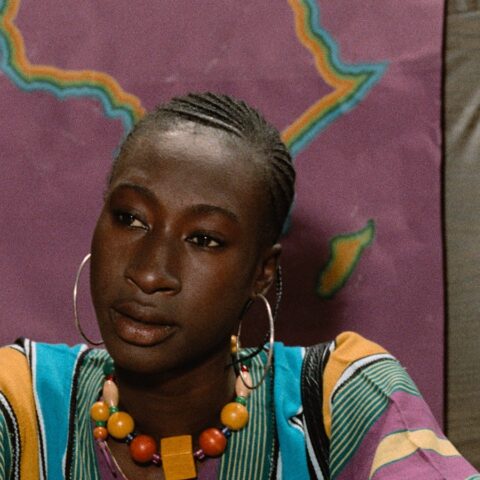‘Trouble in Mind’ – A Review of a Timeless US Play
By Kirsty Osei-Bempong
Thursday, October 12, 2017.
Alice Childress’ play ‘Trouble in Mind’is the ultimate conundrum for those of us who face racial discrimination and are forced to navigate the sometimes uncertain road of being black in a white world.
Do we laugh at the unfunny jokes sometimes made at our expense just to fit in and get by? Do we grit our teeth when the unsolicited gaze on our black bodies lingers way too long? What about when that unwanted hand rests lecherously on our knee with intentions to wander and we do nothing because we need this job to pay the bills? Or do we speak our minds regardless of the consequences, knowing that our hopes and dreams may fade and we will be that solitary but brave/foolish figure speaking out.
Directed by Laurence Boswell, the play reflects that internal struggle in the mind. But it also shows the external trouble that voicing these feelings can also cause through her arresting exploration of identity, power and ambition – set against a backdrop of racial stereotypes.
Past and present
‘Trouble in Mind’ may have been written and set in 1955’s USA – at a time when lynching black people and stoning little black children on their way to school were still rampant . But her emotive portrayal and the sentiment carried in her words continue to be played out today.
Seasoned actress Tanya Moodie plays Wiletta Mayer, a jobbing thespian with strong ambitions to one day make it big – despite the obvious obstacles. She’s over 40, black and female and lives in a time of segregation. But she is spirited and despite what seems like delusion, I am in her corner. She knows how to play the game and schools the latest recruit to her theatre workplace – a young actor named John Nevins (played by Ncuti Gatwa) – on how to be the black stereotype in order to survive. ‘Laugh at their jokes, agree with them – even if you don’t’, she tells him.
But even she struggles to take her own advice when she and the rest of the black cast are required to perform in an ‘anti-lynching’ play written, directed and produced by white men. Her mask slips and she rejects the one-dimensional characterisation she has played so well, upsetting the faux harmony that has been carefully constructed between the whites in charge and the black cast.
Humour in pathos
Suprisingly, for such an emotive subject, Childress manages to inject considerable humour into the performance, which is carried out so brilliantly by the gifted cast. My favourite scene was when Sheldon Forrester, who plays Mayer’s husband in the play, practises his lines. His one word – one syllabic – repetitive ‘yessum’ ‘master’ lines that typify the flat dialogue and subservient characterisation that black males often played. He is such a consummate actor and yet his talents are reduced to whittling a stick for most of the play, which he wittily reminds us – the audience – of!
The pathos returns when Forrester recounts his real and authentic experience of seeing a lynched man as a child. Something way too real for the anti-lynching play, but authentic enough for it to illicit cries for one lady in the audience.
When Mayer breathes new life into her ‘mammy-esque’ character – truly drawing on her personal experience and pain – she is repaid with the fury of her white director, Al Manners, and risks isolation from her black peers.
Multiple minds
What I loved about this play was how viscerally each cast member deftly portrays the multiple characters black people have to assume in order to navigate and survive in this white world. We are silenced from showing rage at injustice – something Faith Alabi who plays Millie Davis shows all too clearly. We are often forced to weep silently at our pain and schooled to be docile and almost unfeeling to satisfy unreal perceptions.
Despite gaining critical and popular success in 1955, ‘Trouble in Mind’ never made it on to Broadway because ironically, producers wanted to change the script. So it is a true tribute to Childress that this play is still available for theatre-goers to see. ‘Trouble in Mind’ is on until Saturday 14th October at the Coronet Print Room in Notting Hill – the oldest surviving example of theatrical architecture by WGR Sprague – and one of the most distinguished and historically colourful theatres I have seen in a long time. Click here for more.



